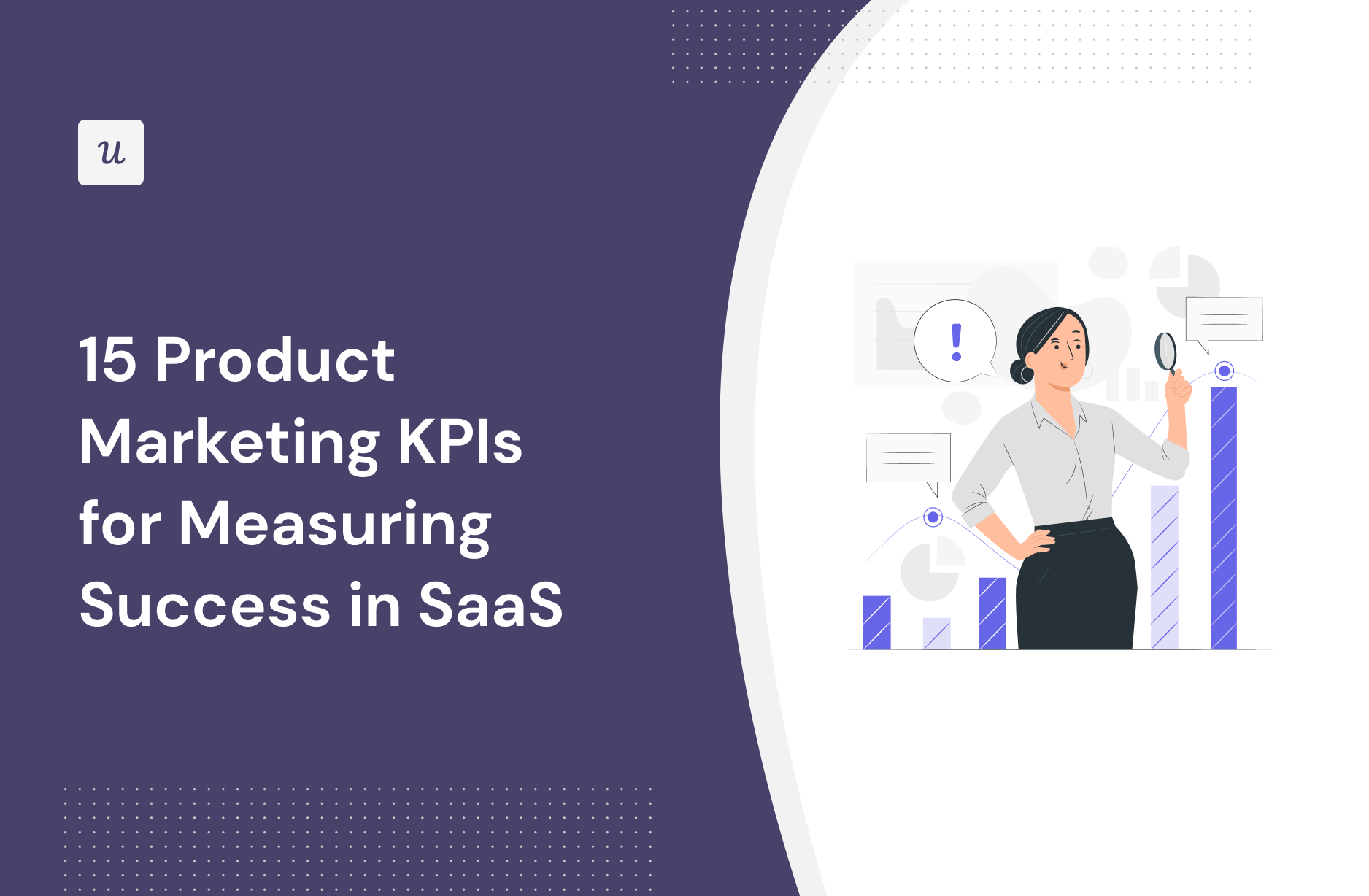
Are you tracking the right product marketing KPIs?
With so many product growth insights available to every product marketing team, it’s sometimes hard to understand which metrics are relevant and which you should be tracking to measure the success of your product marketing strategy.
In this article, we’ll be going over a list of essential product marketing KPIs to track at each stage of the user journey.
Try Userpilot Now
See Why 1,000+ Teams Choose Userpilot

What is product marketing?
While commonly misunderstood, product marketing is not about marketing physical products.
Product marketing is the combination of tactics and activities that drive the success of a product or service.
Product marketing sits at the intersection of marketing, product, sales, and customer success focusing on:
- Who the product is for?
- What value does the product provide for the customer?
- Helping the customers get value from the product and achieve their jobs to be done.
What is a product marketing metric/KPI?
KPI stands for key performance indicator and is a term used to describe a metric that tracks performance. A product marketing KPI is a metric used to measure the performance and impact of product marketing strategies and tactics.
KPIs help you understand if you are meeting your business and department goals or how close or far off you are.
Product marketing metrics: Product marketing KPIs vs product marketing OKRs
Let’s break down the difference between a KPI and an OKR:
- KPI stands for key performance indicator and is a metric that measures performance
- OKR stands for Objectives and Key Results and is a strategic framework used to track the impact of specific tactics on a specific business objective
As you can see from the definitions above, KPIs and one part of OKRs, specifically the Key Results pretty much overlap as they both are used to measure success.
The main difference between KPIs and OKRs is that the KPIs focus on measuring the overall outcomes of tactics, whereas OKRs focus on specific business objectives and measure whether they were achieved successfully.
Usually, businesses have 3 to 5 objectives, each with 3 to 5 key results. When we talk about KPIs, apart from the revenue-related business ones, each department will track specific KPIs to measure the performance of their team and the impact they have on the overall business performance.
To make it a bit more clear here are some examples of KPIs vs OKRs:
Product marketing KPI examples
- Revenue-related KPIs: gross revenue, net revenue
- Product marketing KPIs: activation rate, customer acquisition cost, retention rate
- Project management KPIs: team velocity, day to deliver a feature, resource availability (hours or people)
Product marketing OKR examples
- Objective: Increase revenue by 15% by the end of 2024
- Key result: increase customer retention by 25%
- Key result: increase the number of demo signups to 35 per month
- Key result: increase activation rate by 30%
What is the goal of product marketing?
Product marketing goals cover 3 main directions that drive product success.
1. Positioning and messaging
Positioning is all about setting the context on how the product should be viewed by the user. When developing your product positioning keep in mind how you want people to think and feel about your product.
Messaging is about understanding the users’ job to be done and building the right value propositions for each that showcases the use of the product.
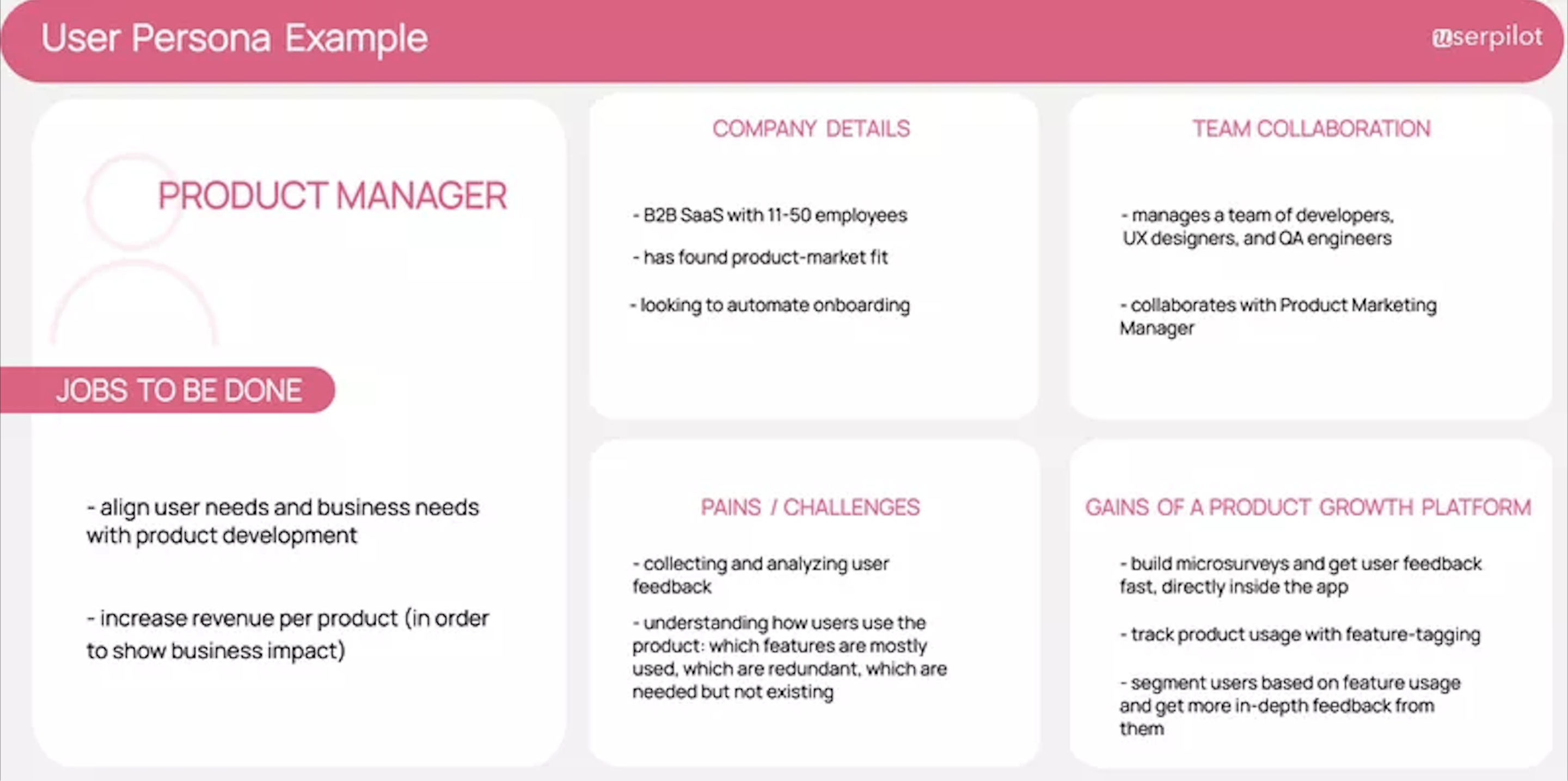
2. Communicating product value
All the tactics in a go-to-market strategy are used to bring the product in front of the target audience with the end goal of driving conversions.
3. Increasing product adoption and retention
The third goal is to improve adoption and retention rates for a product while keeping churn low. This covers both existing features of a product and new ones.
How to measure product marketing success?
Product marketing success is measured through a specific set of KPIs that together determine if the goals and objectives were achieved or not.
Before starting to implement tactics it’s important to set measurable targets that quantify your product marketing efforts.
To measure if your product marketing is achieving those targets you can use the zoom-in, zoom-out approach:
- Zoom-in: Measuring the performance of your strategy and tactics at each stage of the user journey
- Zoom-out: Tracking the overall impact of your strategy and tactics on helping the customer progress through the customer lifecycle
In the next section of this article, I’ll go through some of the key metrics product marketers should track in order to measure the success of their product marketing.
Product marketing metrics – Customer journey metrics (KPIs) to track
KPI #1: Conversion rates for product-led growth SaaS
Conversion rate is one of the most tracked metrics in SaaS as it tells you how users are progressing from one stage to the next in the customer journey. Here are some conversion rate metrics you may want to track:
- Visitor-to-Signup Rate (%) = # of signups/ # of visitors on the signup page x 100
- Signup-to-PQL Rate (%)= # of PQLs/# of signups x 100
- PQL-to-Customer Rate (%)= # of customers/ # of PQLs x 100
- Signup-to-Customer Rate (%)= # of customer/ # of PQLs x 100
- Trial-to-Paid Rate (%)= # of trials/ # of converted trialists x 100
Tracking conversion rates will tell you where people are dropping off, helping you focus your attention on improving and optimizing the customer experience at specific touchpoints.
You can use a tool like Userpilot to measure your in-product conversion rates across the journey stages. With funnel analysis, you can identify where your users are dropping off in the customer journey and launch in-app experiences to drive growth.
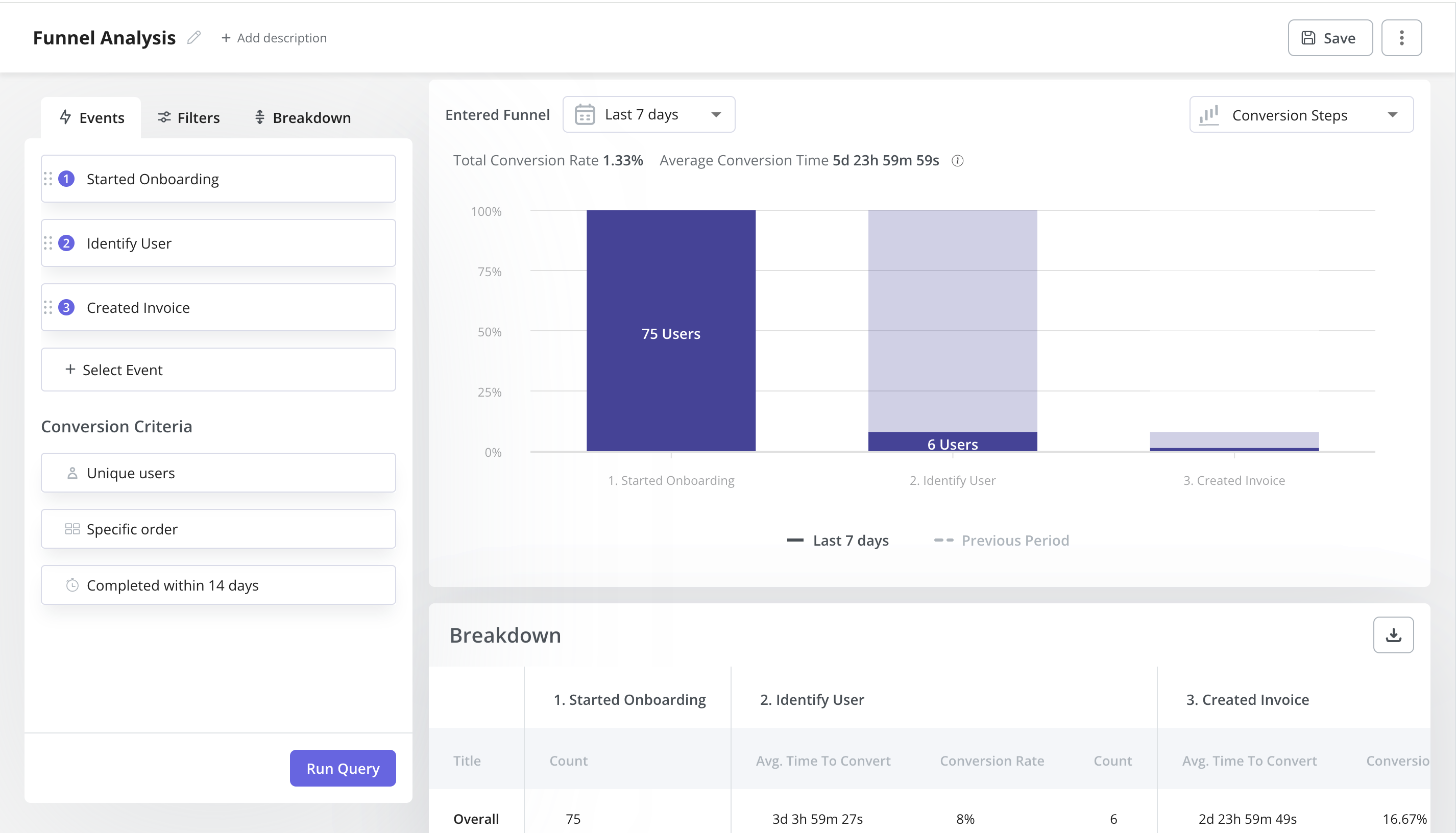
KPI #2: Velocity metrics for product-led growth SaaS
Velocity metrics describe how long it takes a customer to achieve a certain milestone in their journey, and how long it takes a company to achieve a milestone (break-even for example). Here are some examples of velocity product marketing metrics:
- Days from signup to PQL= the average number of days it takes a prospect to become a PQL
- Days from PQL to customer = the average number of days it takes a PQL to become a customer
- Days from signup to customers = the average number of days it takes a prospect to become a customer
- Days to break-even = the average number of days it takes a customer to generate enough revenue to cover the CAC (customer acquisition cost)
- Average customer life = the average number of days/months between the day a prospect becomes a customer and when that customer churns
Understanding how long it takes customers to move from one stage to the other in the customer journey will help you shorten the path to value by identifying where customers might need help. It can also help you forecast revenue and determine what’s the ideal free trial length for your SaaS product.
KPI #3: Customer satisfaction metrics
Customer satisfaction metrics help you keep track of how happy users are across important touchpoints and stages of the customer journey. Here are two metrics you can track:
- Customer satisfaction score (CSAT): Using a CSAT survey, you can ask customers to rate your product or service. The scale can range from 1-10 or 1-5 or 1-7 on an “extremely dissatisfied – extremely satisfied” basis. You can calculate the CSAT scores by dividing the number of happy customers by the number of total customers asked.
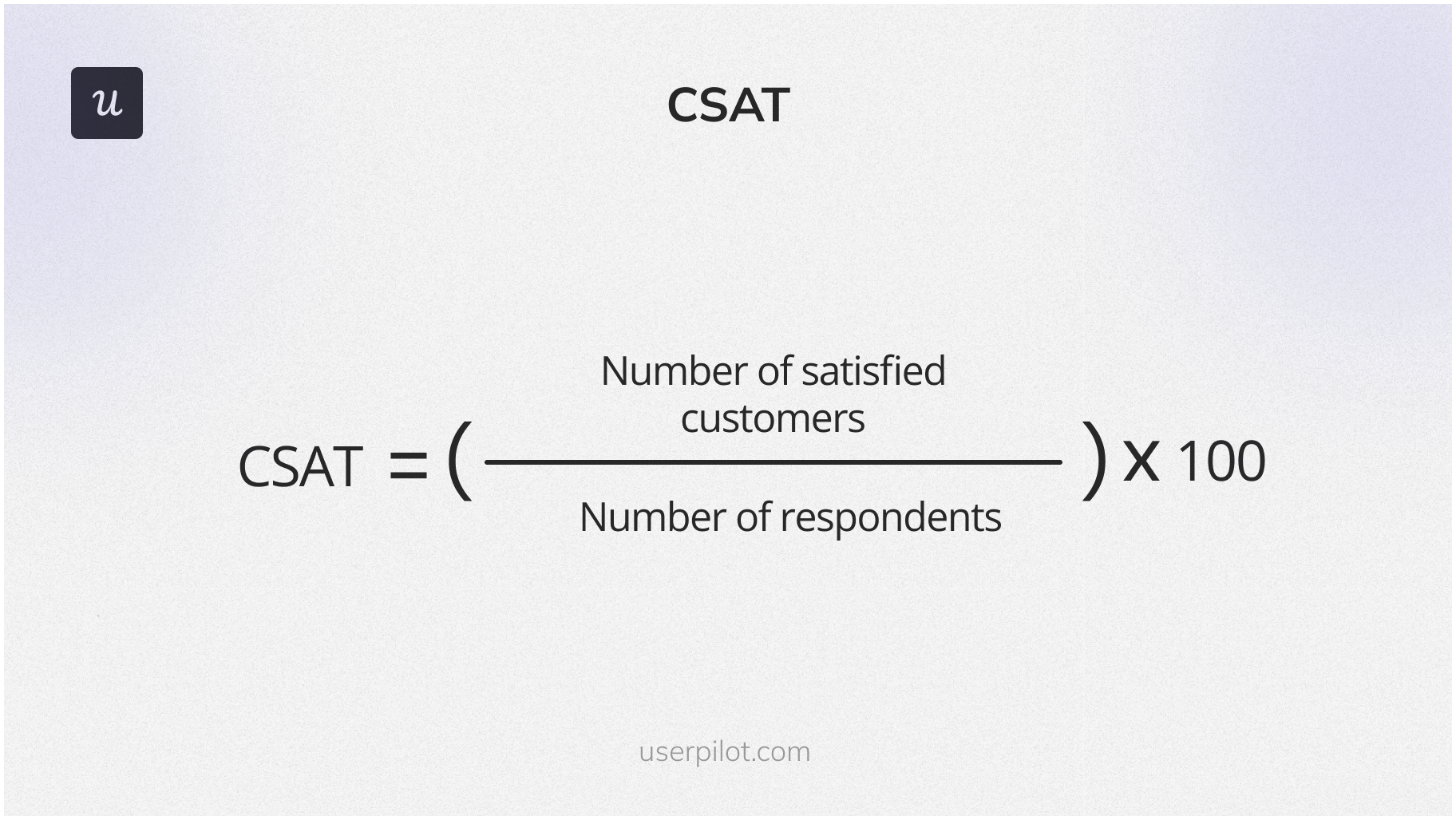
- Customer effort score (CES): To calculate customer effort scores, divide the number of ratings of 5, 6, and 7 on a scale of 1 to 7 by the number of responses, and multiply by 100.
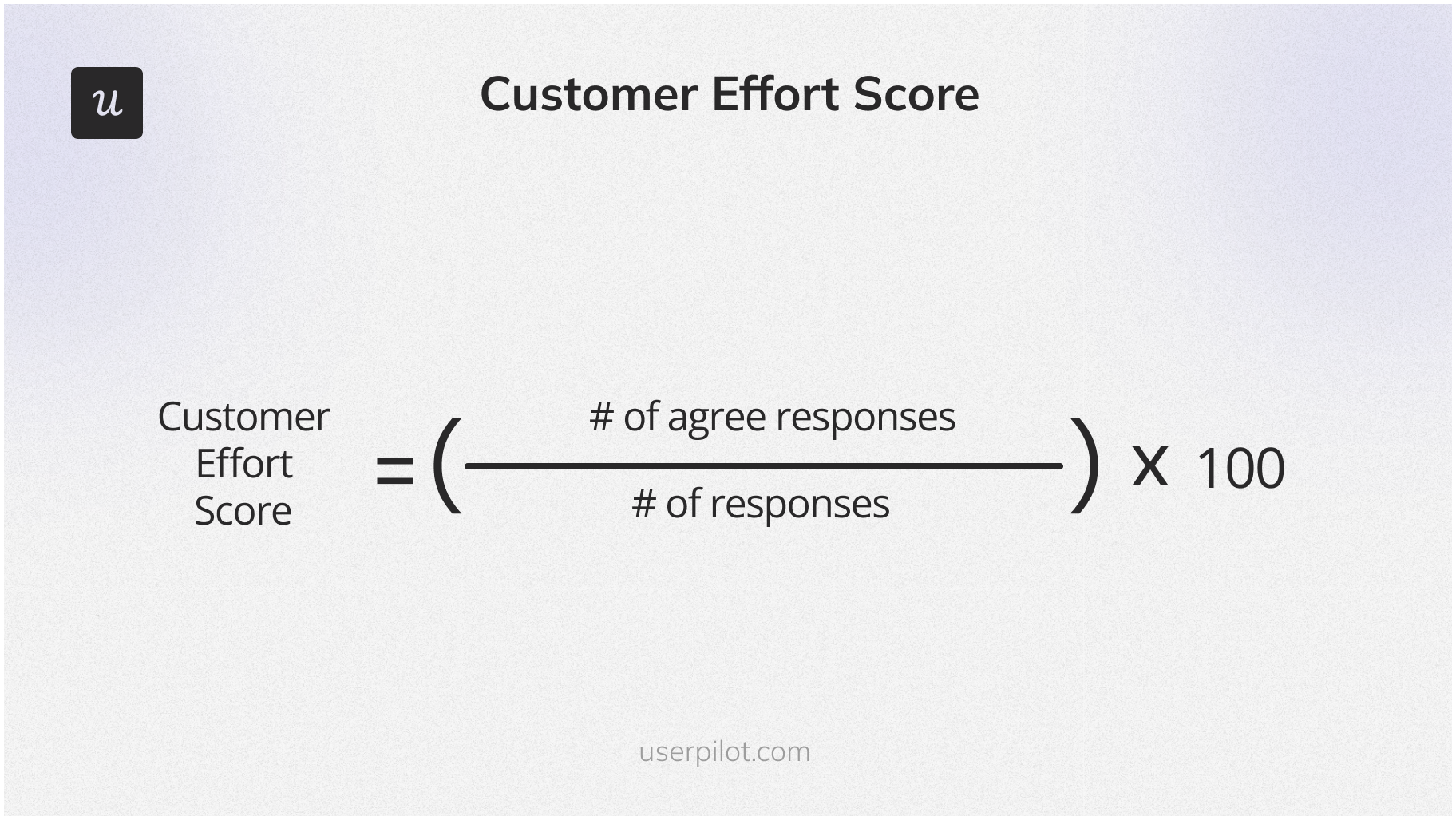
Product marketing metrics – Acquisition stage metrics (KPIs) to track
KPI #4: Customer acquisition cost (CAC)
Customer acquisition cost (CAC) is the average amount that a business spends to acquire new customers. In SaaS, this refers to the paying customers only.
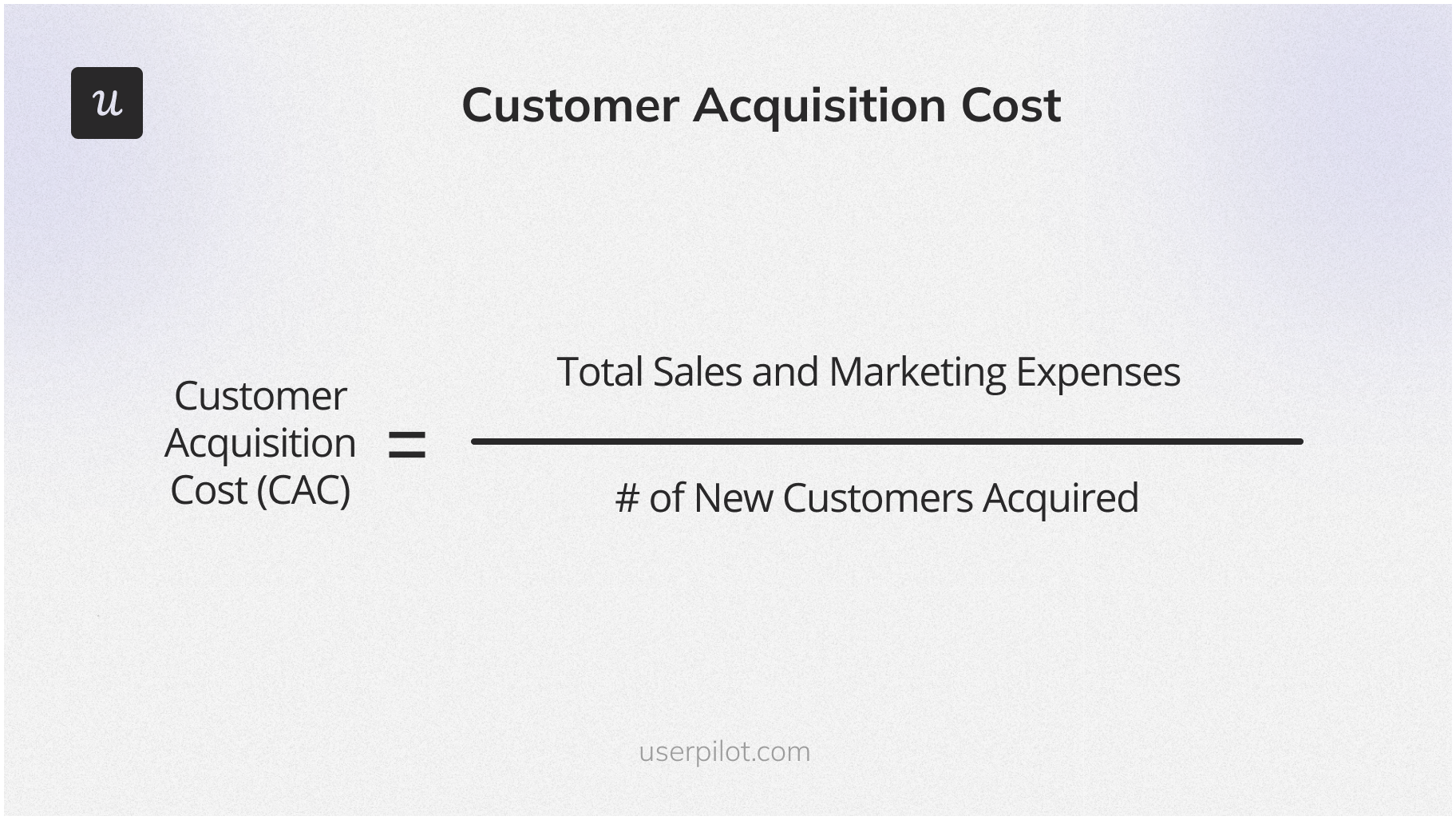
Do not mistake CAC with CPA (Cost Per Acquisition) which is the cost to acquire something that is not a customer (a registration, a lead, a trial user, etc).
Measuring CAC helps you keep your budget on track and understand which tactics produce the best results at the lowest cost.
KPI #5: Free trial signups or demos booked
The free trial/demos metric tracks the number of new trials or demos your product marketing department helped generate in a given period.
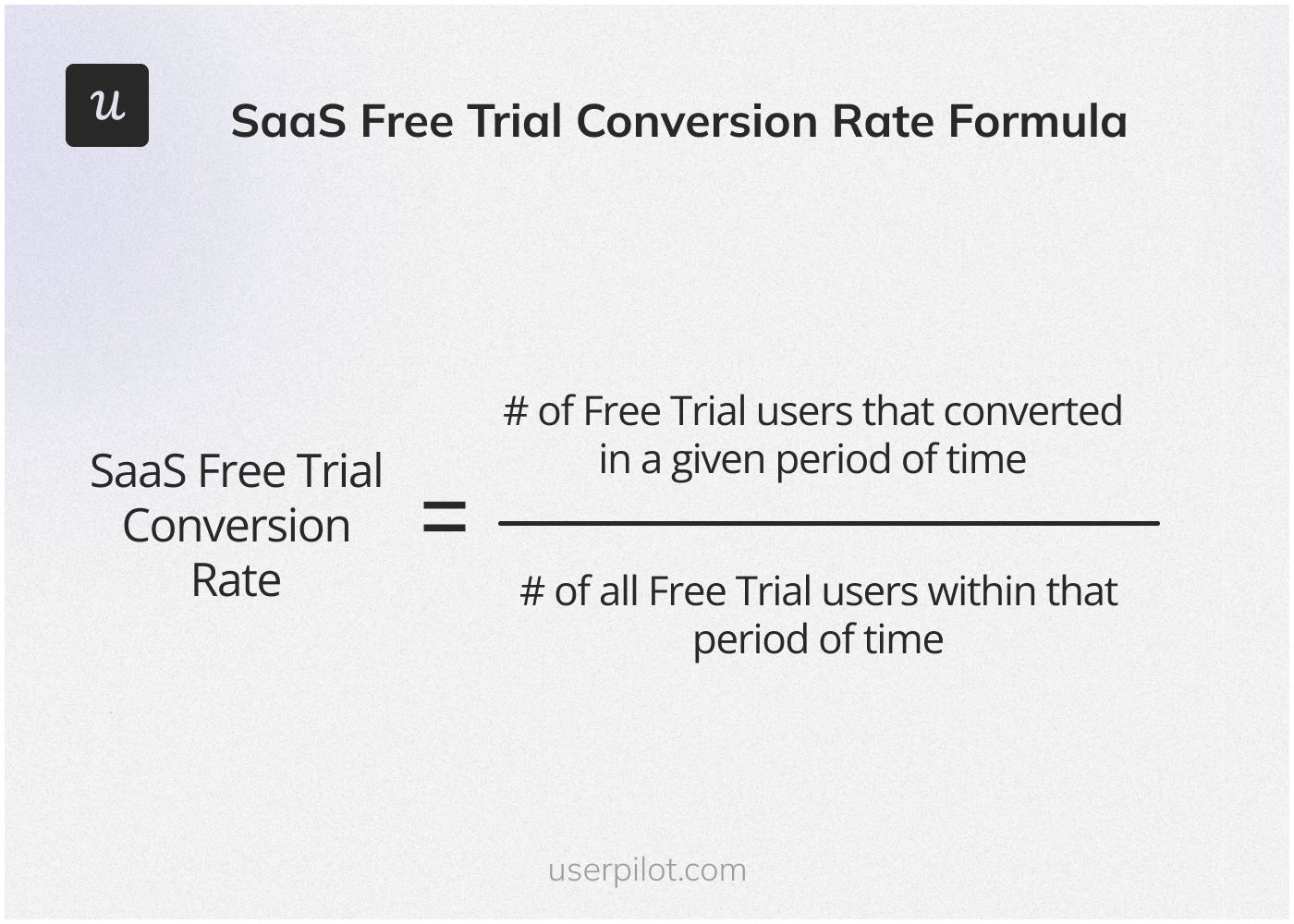
The number of trials or demos generated in a given period of time will have a direct impact on the end revenue. Knowing your conversion rates, you can estimate how many trials or demos you need to generate the revenue target.
Product marketing metrics – activation stage metrics (KPIs) to track
KPI #6: Activation rate
Before you can calculate the activation rate you first need to understand what’s the activation point for your product.
To do that, list all in-app events that need to happen for a user persona to experience the value of the product. Users who get to these points and complete these key activation events will count as “activated users”.
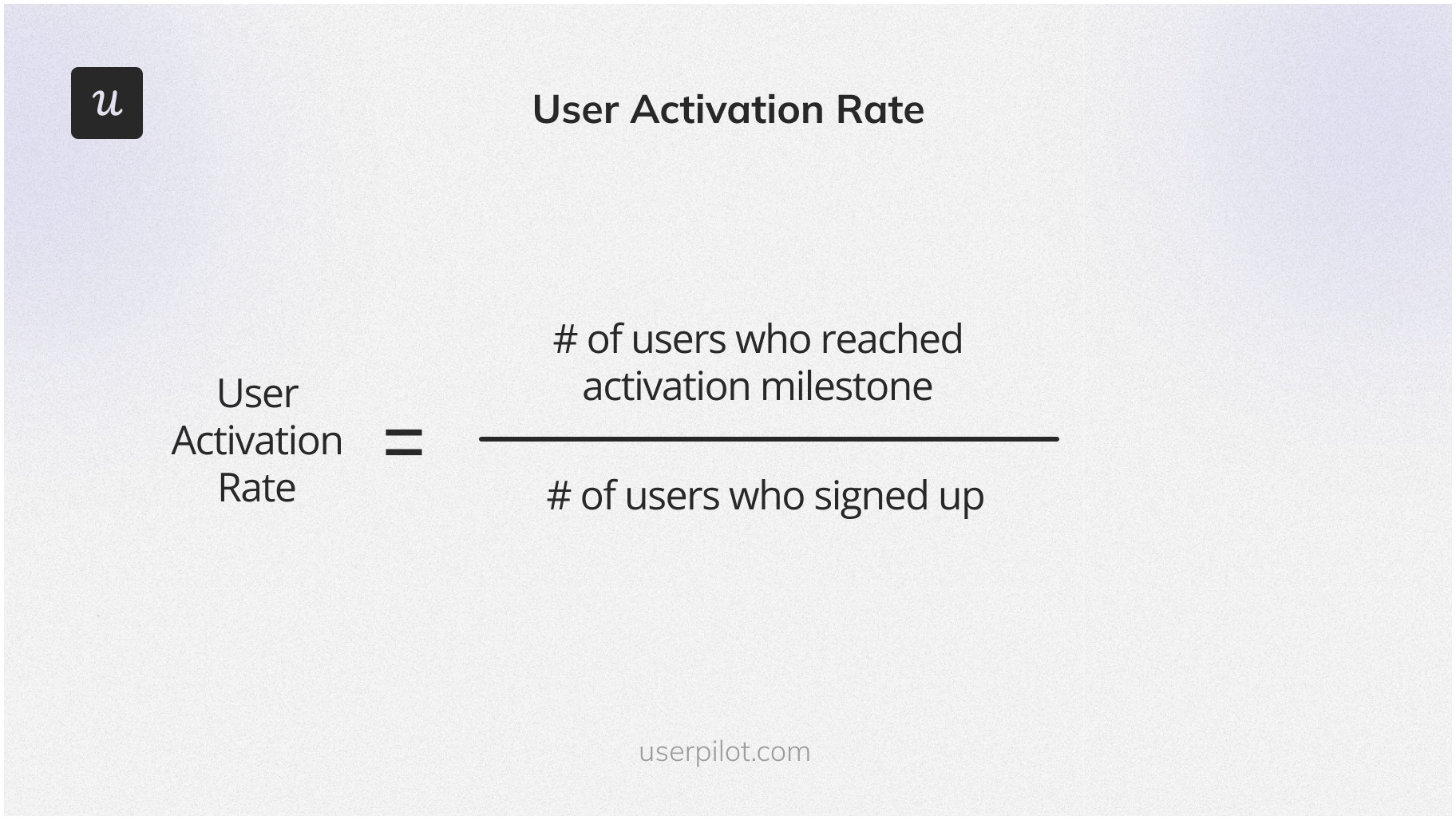
Now you can calculate the (%) activation rate by dividing the number of users who reached the activation milestone by the number of users who signed up for your trial and multiplying it by 100.
User activation points will be different for each product, so be aware of that before trying to match your numbers with any user activation benchmarks available for your industry.
KPI #7: Average time to value
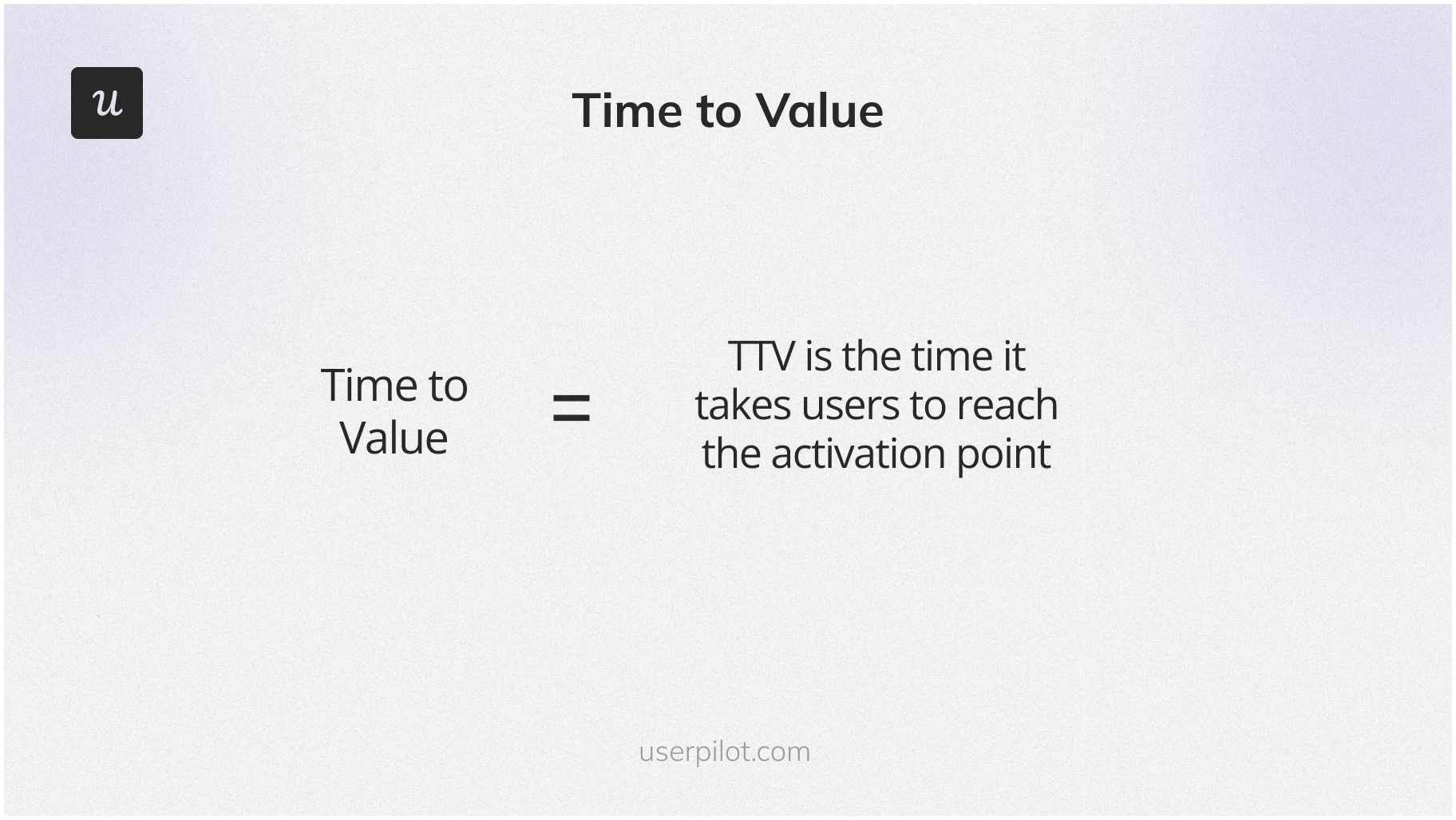
The Average Time to Activate a User metric, also called Time to Value, represents the number of days a user takes to reach the activation milestone in their journey.
It’s one of the velocity metrics discussed above, but I decided to include it here as it relates to the activation stage. Hence, it’s important to consider it with other activation product marketing metrics.
Your goal is to minimize the time it takes to activate a user and by tracking the average time you will know which users to direct your attention to for help.
Product marketing metrics – Adoption stage metrics (KPIs) to track
KPI #8: Active user
An active user is a customer with a high customer engagement score who actively uses your product.
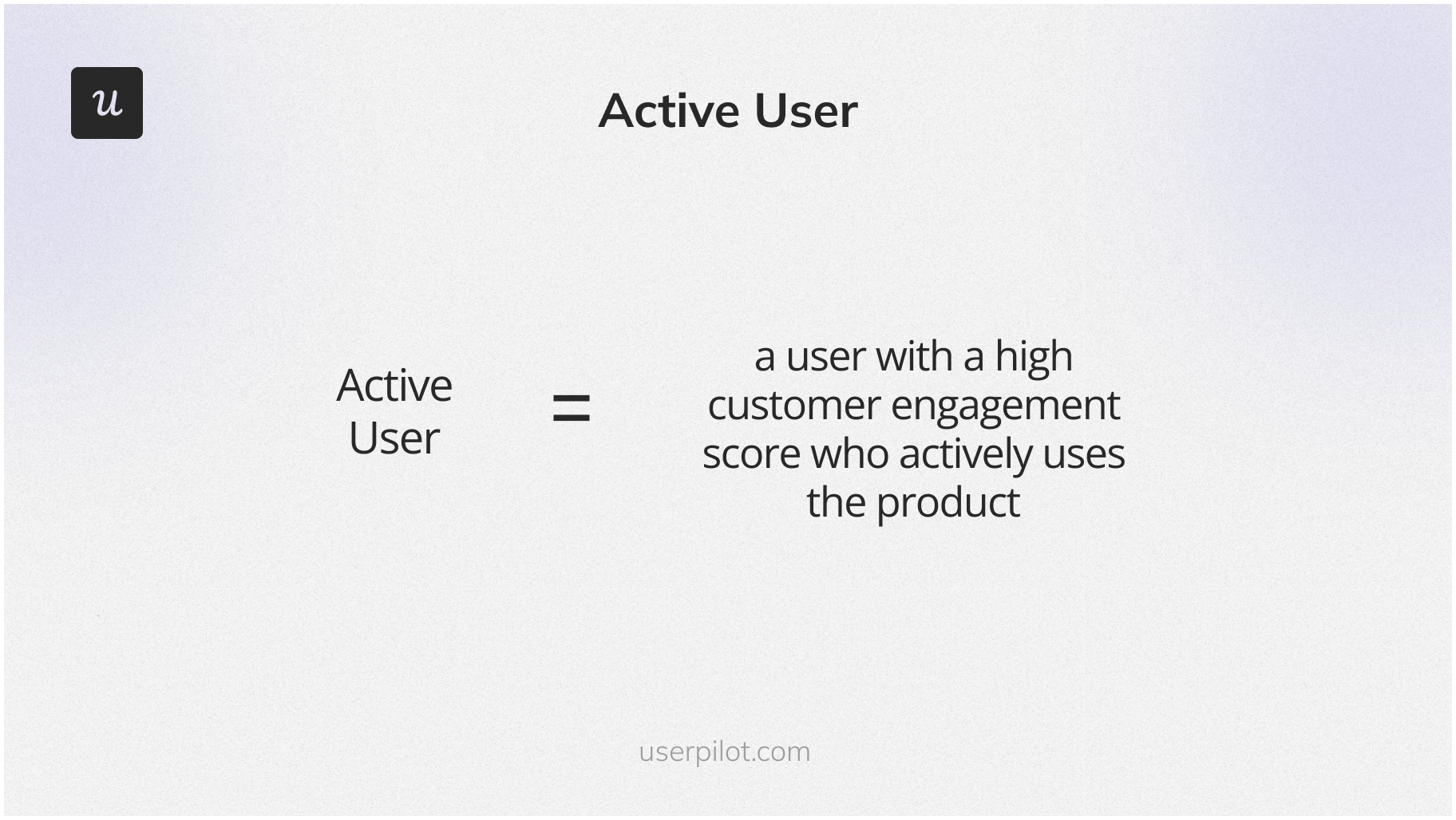
For example, for a social media management tool, an active user may be someone who creates a content calendar monthly and shares posts on social media at least once per week.
You will have to define what an active user means for your SaaS as this will depend on your personas and use cases. One common mistake is to look at users who log into the app at least once a day (Daily Active Users, or DAUs). This is a vanity metric that will not tell you much about the user.
Take for example an invoicing software. Does the user need to log in every day?
Probably not. This doesn’t mean they are not actively using the product.
When the active users’ KPI is going down, it’s a sign of potential customers churning. By tracking this you can be proactive and identify potential problems that you need to address.
We covered how to define and measure user engagement in SaaS in another article, plus ways to improve it- check it out before reading further (hint-you can both measure and improve user engagement with Userpilot through contextual in-app experiences).
KPI #9: Product stickiness
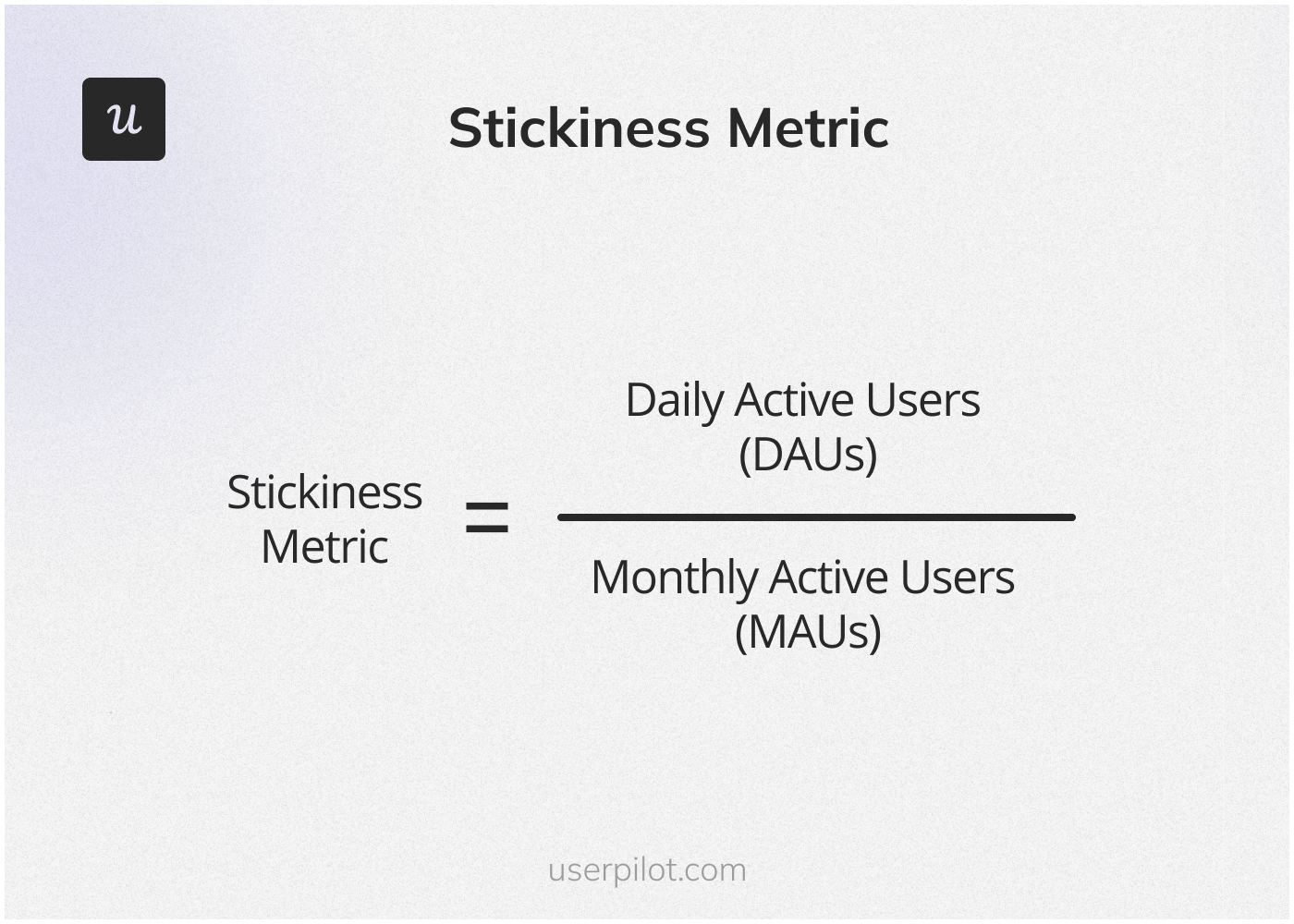
The Daily Active Users (DAU) to Monthly Active Users (MAU) ratio is a metric used to measure the stickiness of your product. In other words, how often do users engage with your product.
Learn more about the DAU/MAU ratio and the importance of this user engagement metric here.
KPI #10: Feature adoption rate
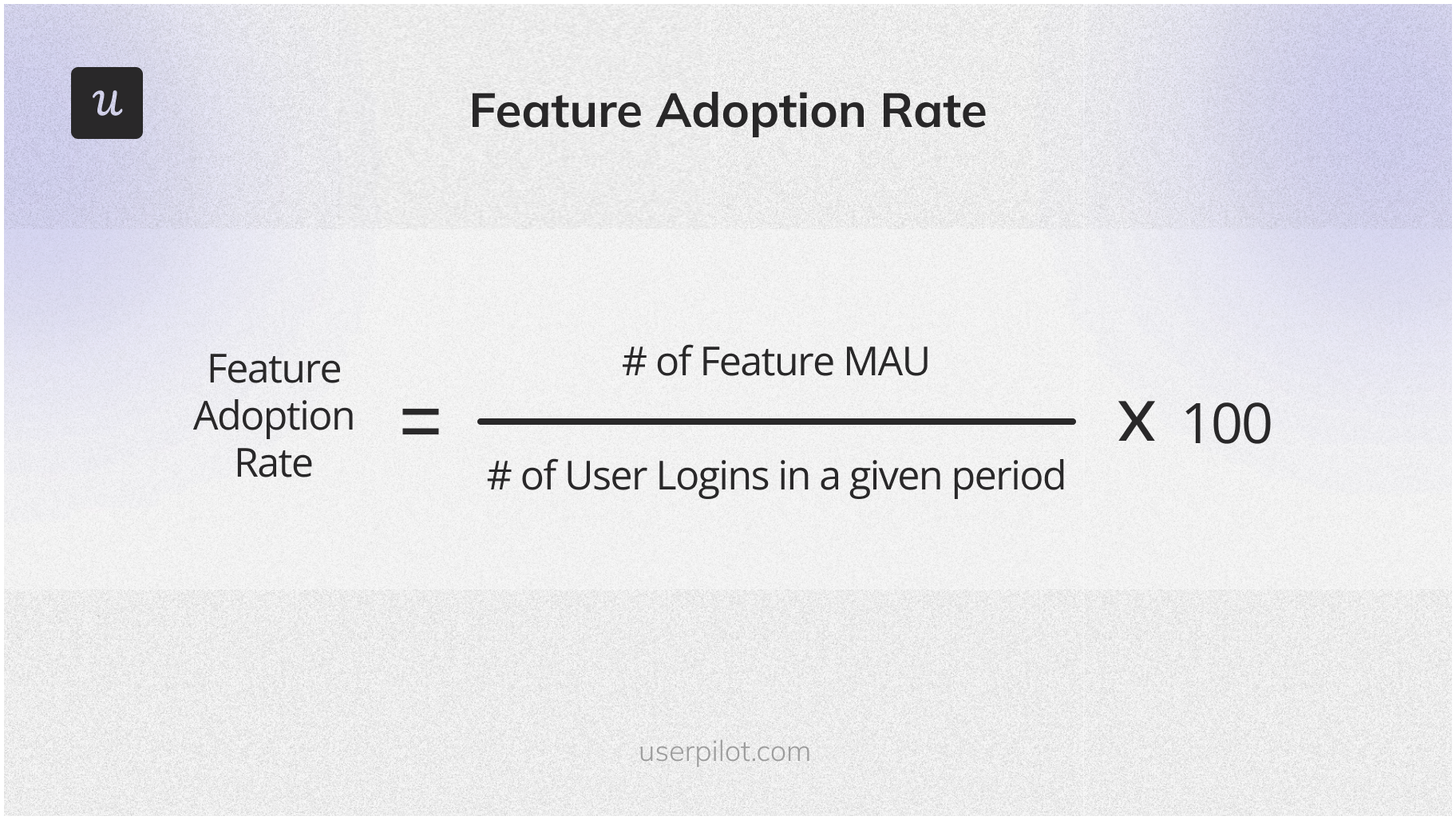
The feature adoption rate tells you the number of users using a specific feature.
Why is this relevant for you as a product marketer? Remember when I mentioned that increasing product adoption is one of the three main goals for your product marketing teams?
The feature adoption rate will tell you if users are adopting your product or not and which feature helps bring the most value.
Tools like Userpilot let you track feature usage in your product without coding. You can use this data to identify power users and launch in-app experiences to increase feature engagement among relevant user segments.
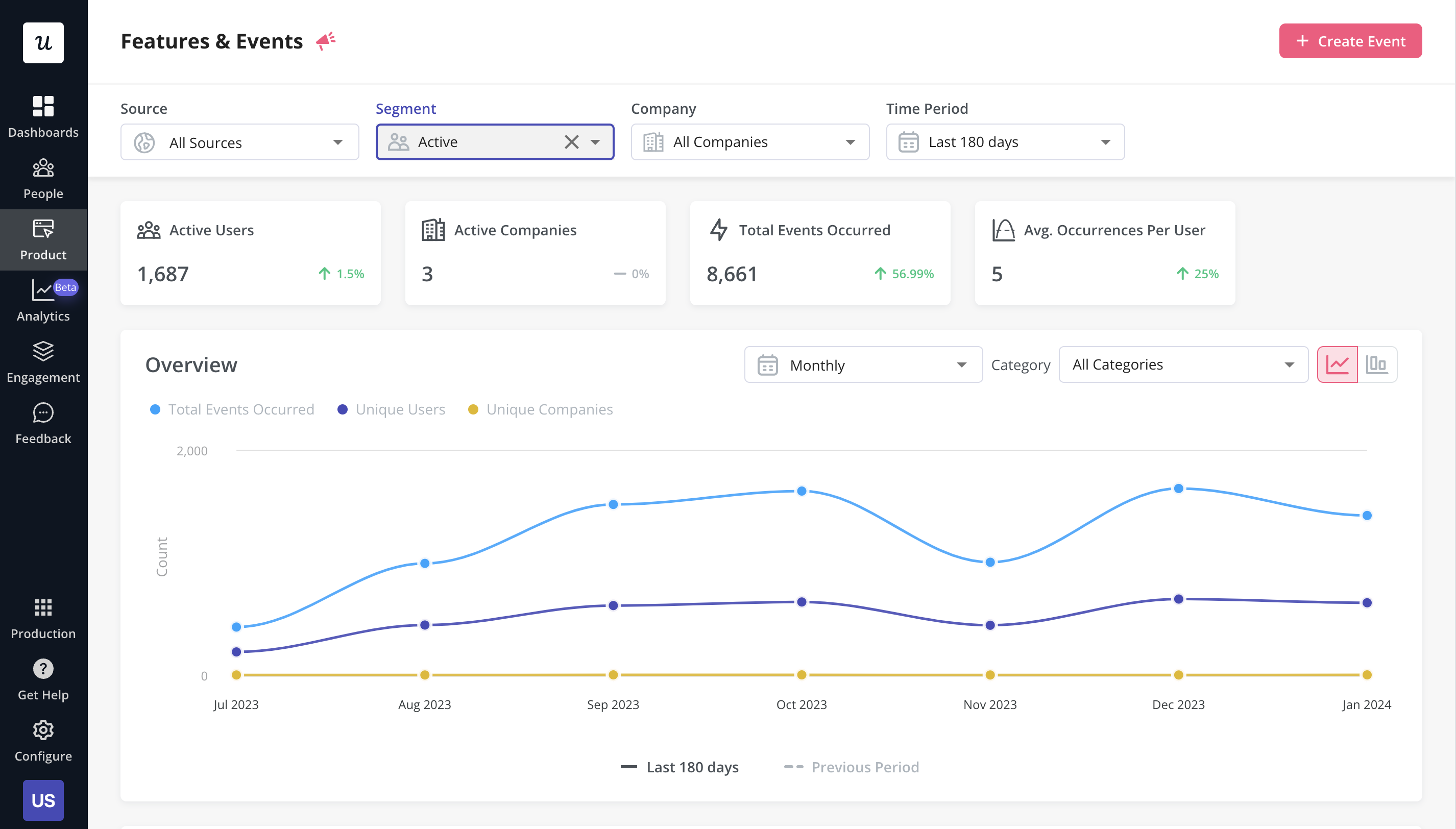
Product marketing metrics – Retention stage metrics (KPIs) to track
KPI #11: Churn
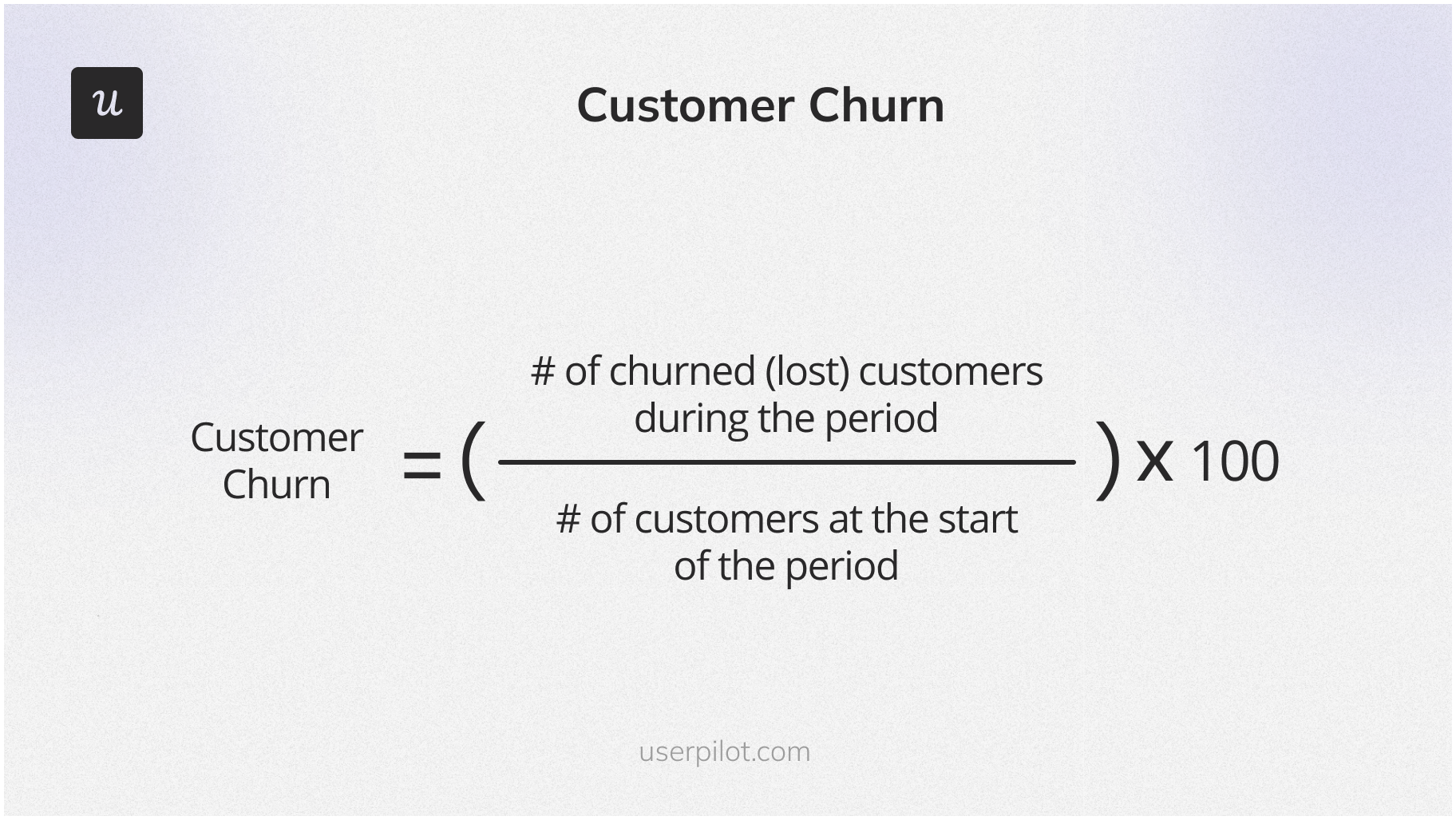
There are two types of churn relevant to measuring product marketing success. Customer Churn, which represents the percentage of customers lost in a period of time due to subscription cancelations, and Revenue churn, which shows the financial consequences of losing specific customers.
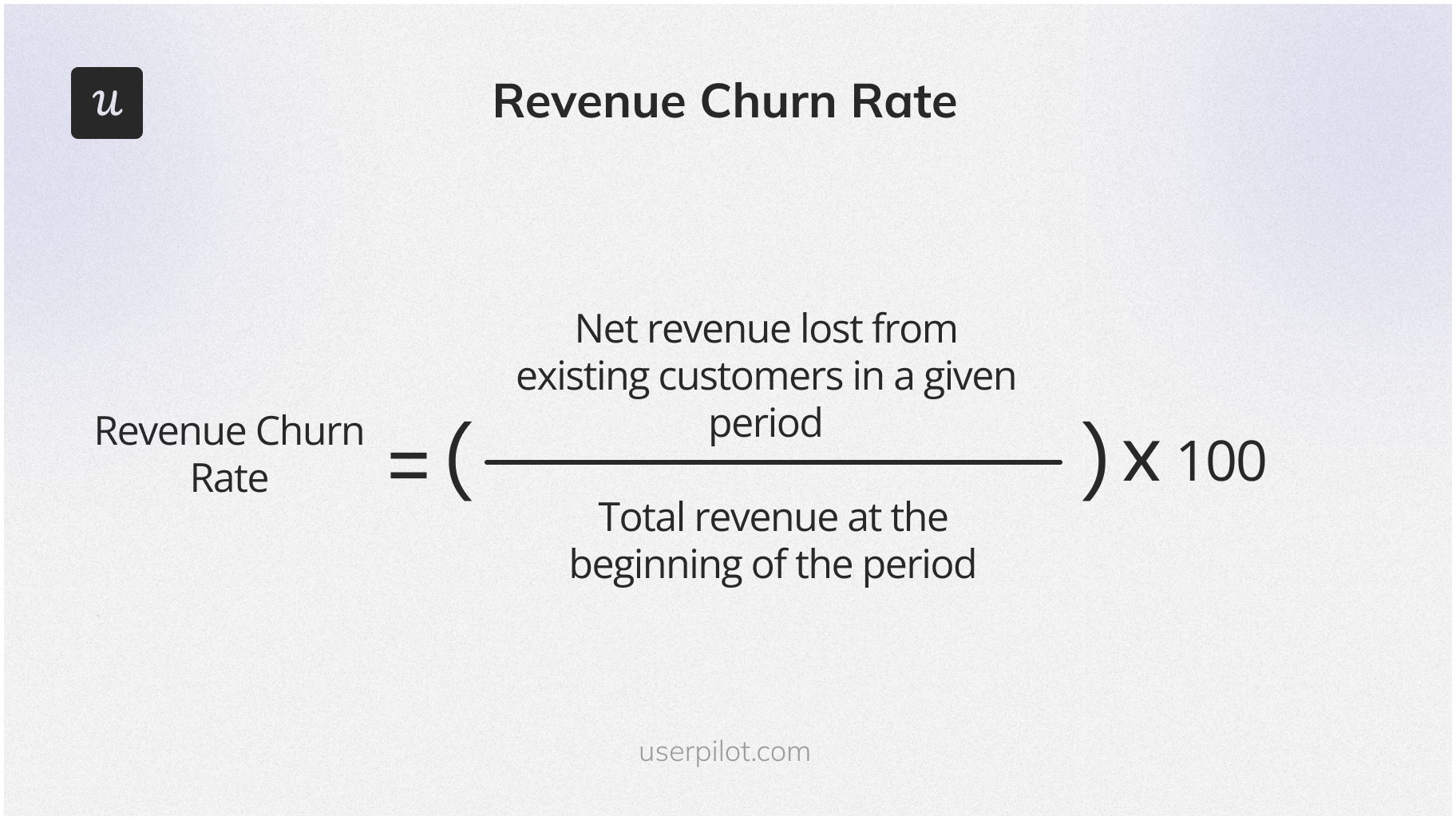
Why do you need to keep track of both?
While it’s important to understand how many customers you are losing, it’s equally relevant to understand the impact it has on the business revenue.
Think of it like this:
It’s one thing to lose 100 customers paying $100 each, compared to losing 100 customers paying $1,000 each. If you only look at customer churn, you will get the same number in both scenarios but the overall impact is different.
KPI #12: Customer Lifetime Value (CLV or LTV)
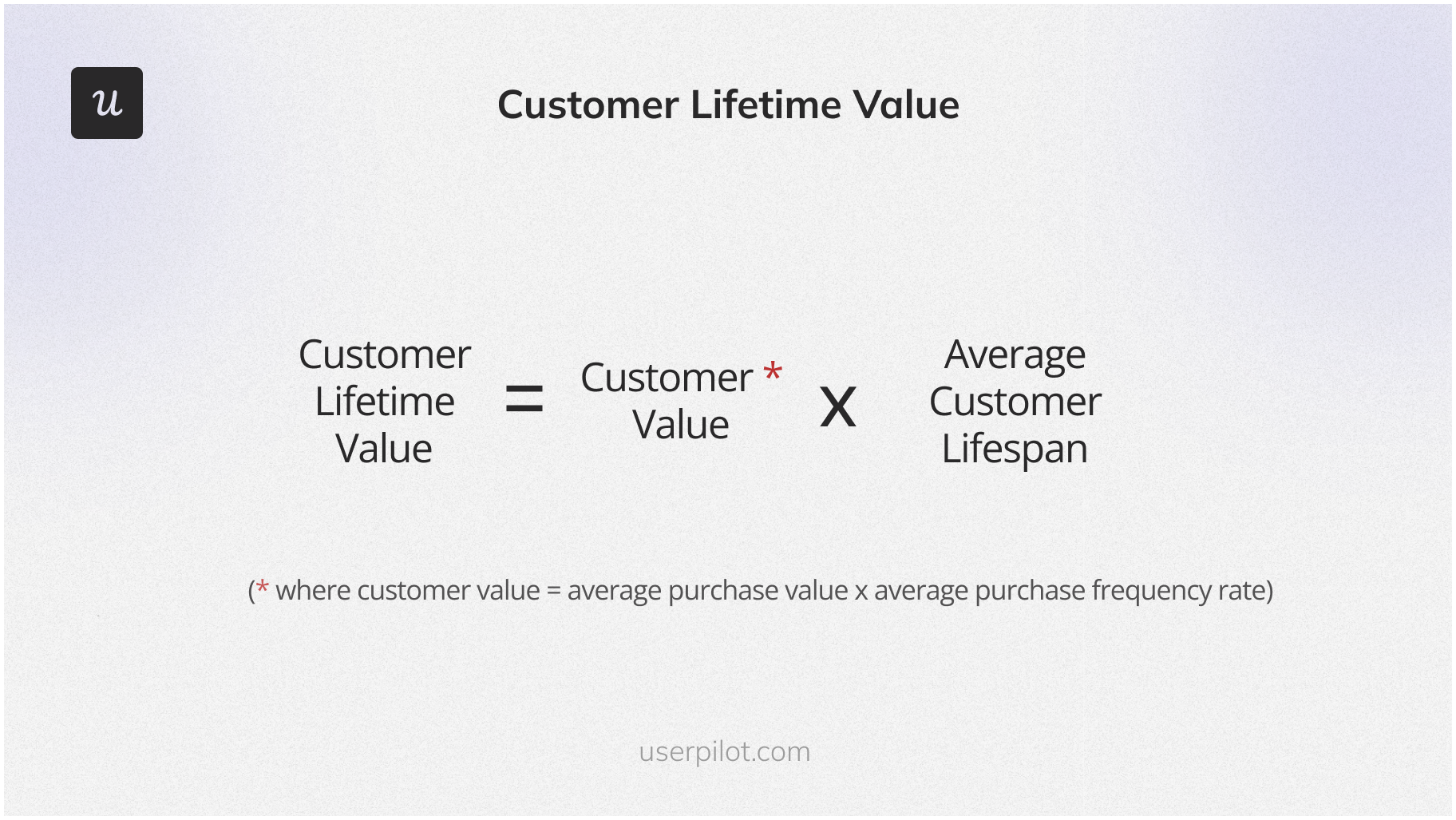
Customer Lifetime Value (CLV or LTV) is the amount of money a business earns from one customer over the duration they do business with you. It will help you understand how much it is profitable to invest in acquiring a customer.
Calculating LTV can be simple or complicated. One way to calculate it is by dividing your Average Revenue per Account by your Churn rate. We cover (LTV)-Customer Lifetime Value metric more in-depth in a different article, so go and check that out too.
KPI #13: Customer Lifetime Value (LTV) to Customer Acquisition Cost (CAC) ratio
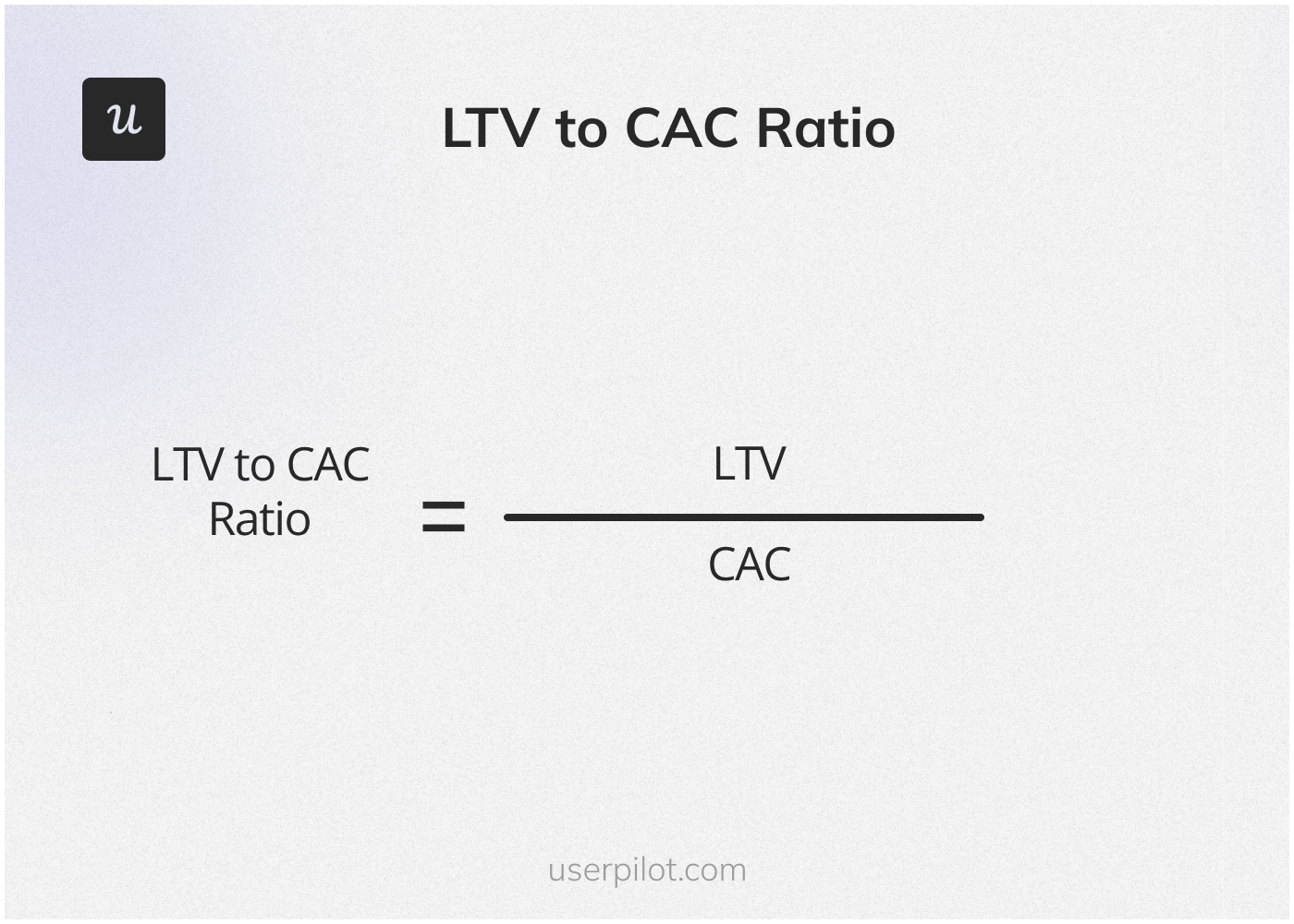
The Customer Lifetime Value (LTV) to Customer Acquisition Cost (CAC) ratio shows how efficient your product marketing is at acquiring customers.
An LTV to CAC ratio below 1 means you are spending more money to acquire customers than the revenue you get from them. This is unhealthy and no business can support this long term. A healthy LTV to CAC ratio in SaaS is when your customer’s lifetime value is 3 times or more than your cost of acquiring a customer.
KPI #14: User retention rate
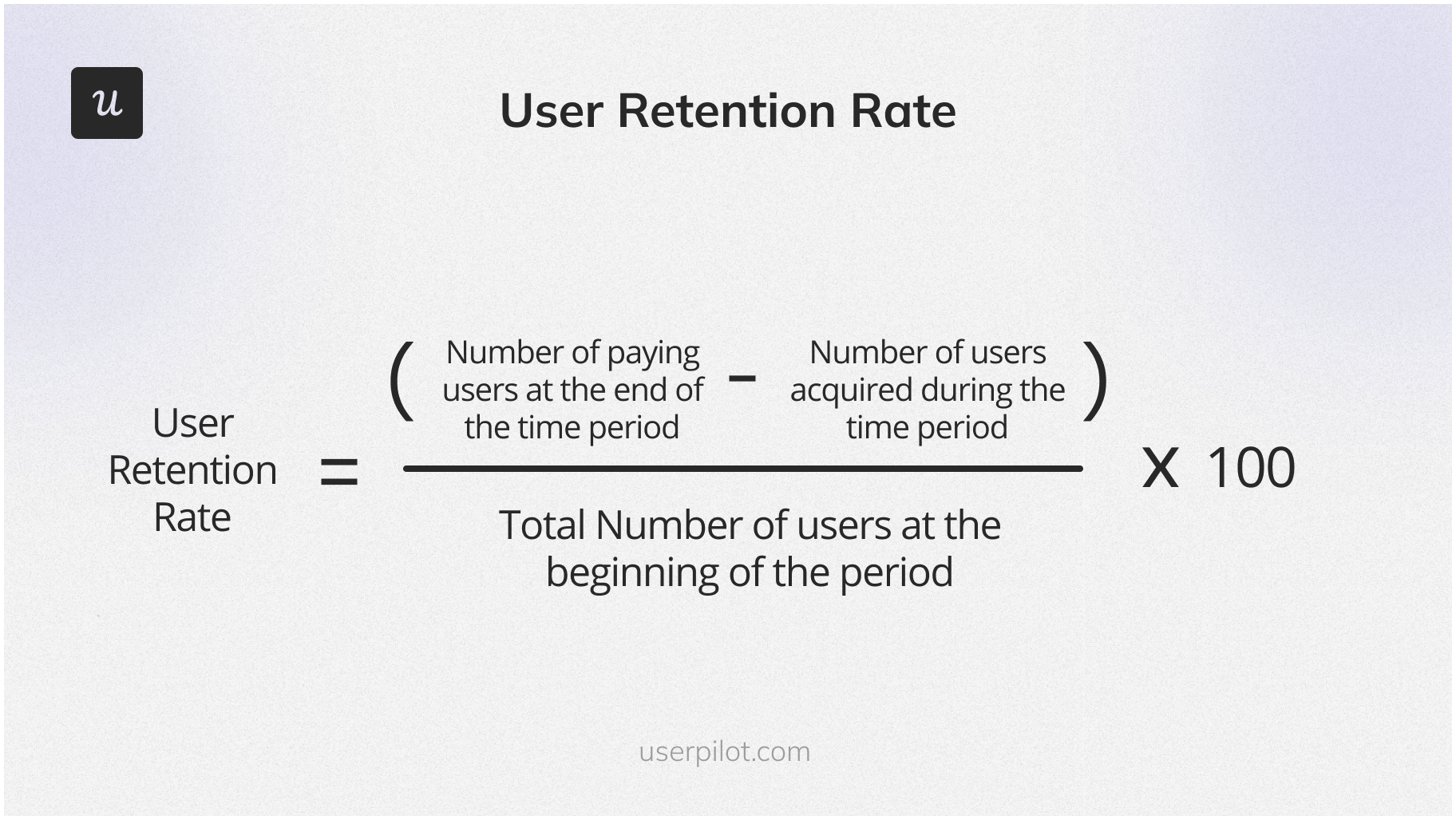
User retention rate will tell you the percentage of users you retain during a period of time.
In product marketing, it’s important to look at user retention rates at various times in a given month or in a time range. Here are some examples, but go ahead and read more about them in our retention calculation article:
- Day 0 retention rate
- Week 1 retention rate
- 7 days range retention rate
Product marketing metrics – Revenue (referral) stage metrics (KPIs) to track
Your job as a product marketer doesn’t stop after the user is retained. You need to be in constant communication with users, making sure they stay happy and refer your product to other people.
One important metric you should be tracking at this stage is NPS.
KPI #15: Net Promoter Score (NPS)
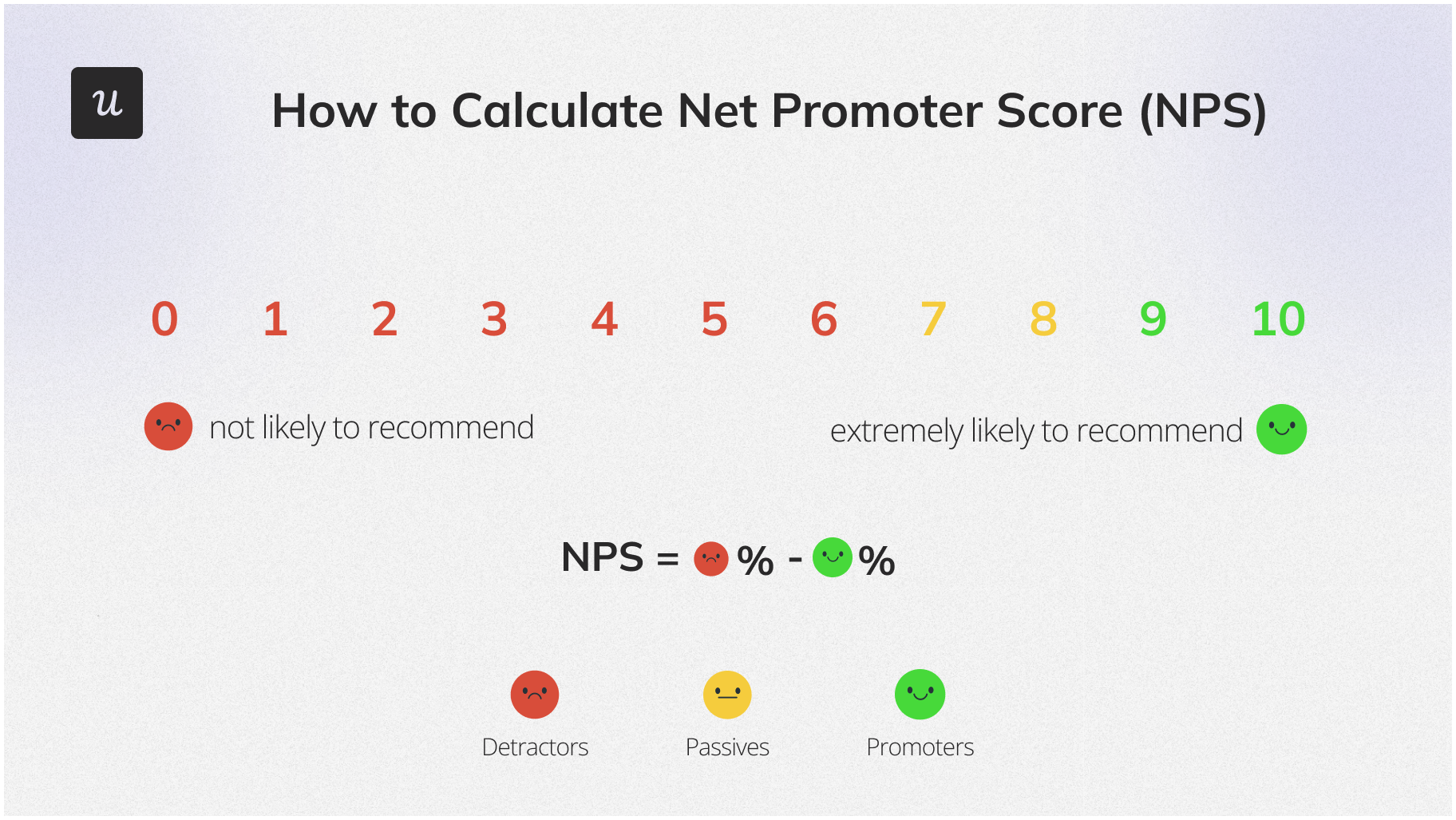
Net Promoter Score (NPS) is a great metric to give you more than just an idea of overall customer satisfaction. When you correlate it with your product usage analytics, it will give you more insight into what makes the users happy.
Use that insight to improve your user onboarding to increase product adoption. You can use Userpilot to launch NPS surveys and analyze their answers. This will allow you to respond and take action based on feedback.
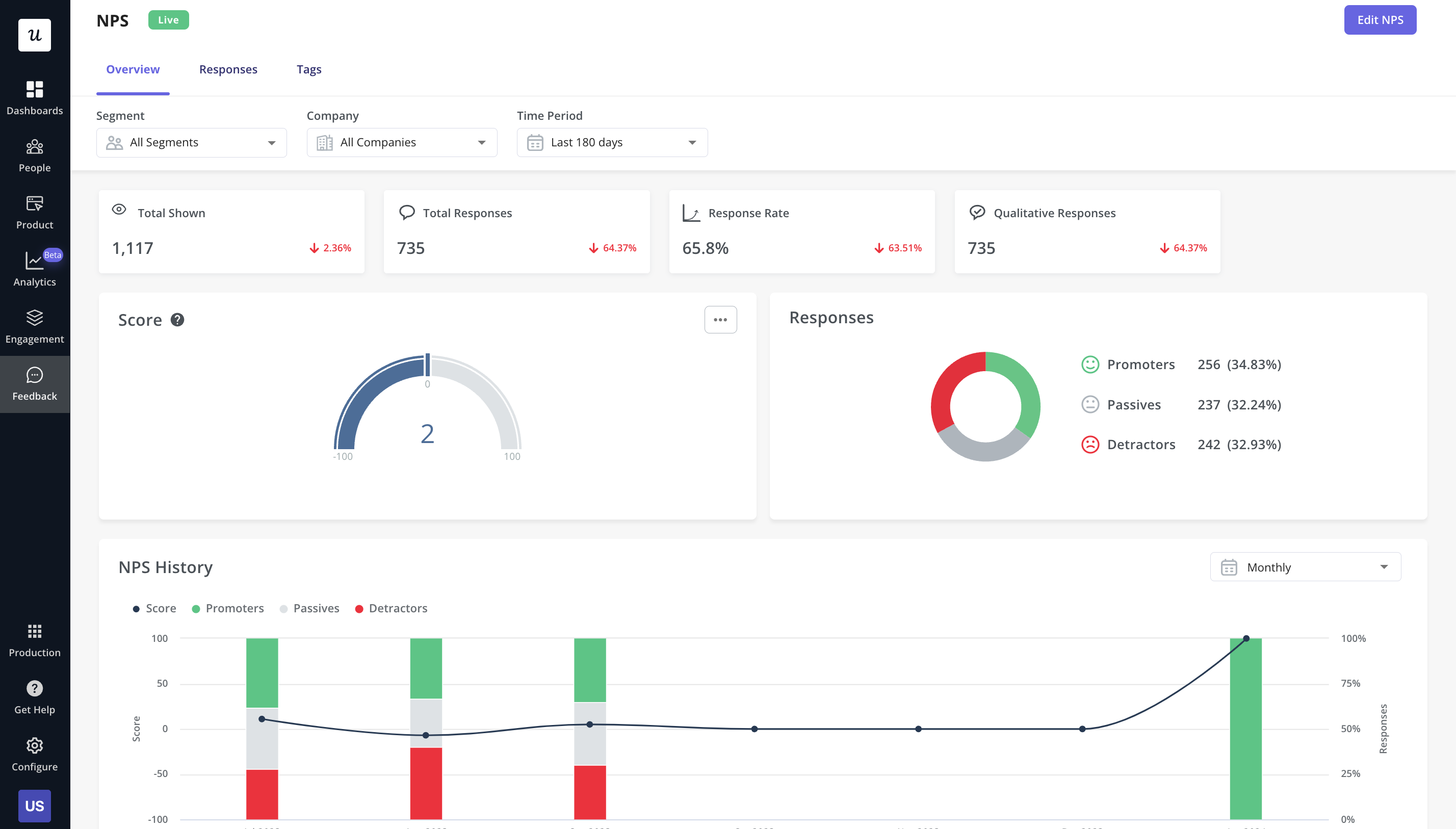
Want to launch an NPS survey without having to code? Get a demo and see how Userpilot can help!
Conclusion
If you’ve made it this far you are one step closer to measuring and driving growth.
Now it’s time to find an analytics tool like Userpilot to help you track those KPIs and then start implementing tactics to increase product adoption and retention. Sign up for a free demo and see how it can help you drive adoption and retention!







